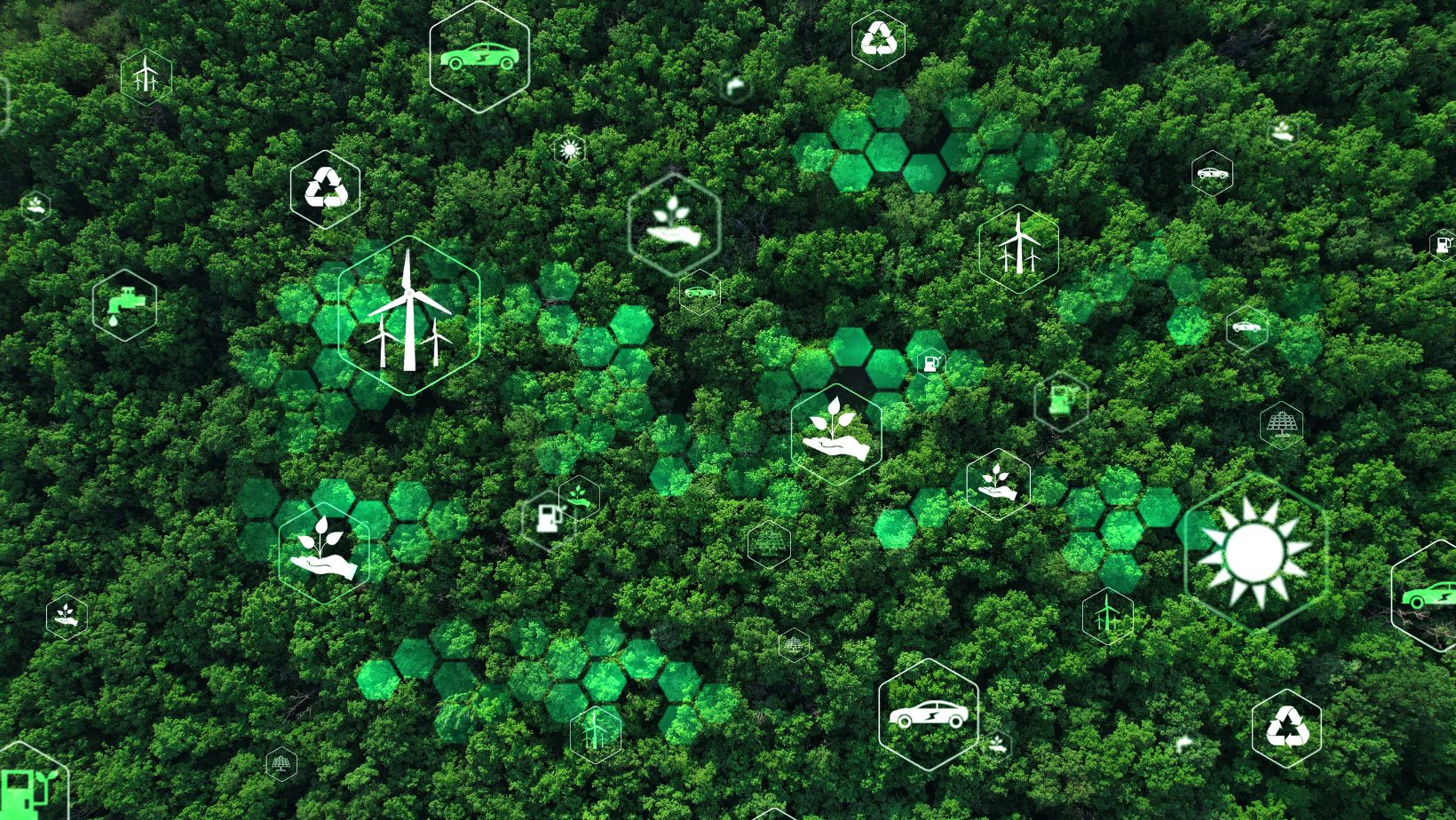Reducing your carbon footprint plays a critical role in addressing the challenges posed by climate change. By taking proactive steps, businesses and individuals can contribute to a healthier planet while paving the way for long-term sustainability.
Sustainability goes beyond meeting environmental goals; it’s also about fostering innovation and creating opportunities for growth. Small changes in daily operations and decision-making can lead to significant impacts on global emissions.
Read on to discover practical solutions to make a lasting difference and drive meaningful change.
Adopt Energy-efficient Practices
Enhancing energy efficiency is a foundational carbon management strategy that yields significant environmental and economic benefits. To improve energy use effectively, focus on strategies tailored to your operations.
The following are key actions to optimize energy efficiency:
- Upgrade to energy-efficient appliances: Appliances with high energy efficiency ratings consume less power while maintaining performance. Replace outdated equipment with energy-efficient models to significantly lower CO2 emissions in daily operations.
- Optimize heating and cooling systems: Regularly service HVAC systems to ensure optimal performance. Upgrading to smart thermostats allows you to schedule heating and cooling precisely, reducing waste and enhancing efficiency.
- Install LED lighting: LED bulbs use up to 80% less energy than traditional incandescent lighting. Their extended lifespan also reduces replacement costs, making them an eco-friendly and cost-effective choice.
- Conduct energy audits: Professional energy audits uncover hidden inefficiencies. These assessments identify areas for improvement, such as poor insulation or outdated equipment, enabling you to implement targeted solutions.
Effective carbon management practices like energy-efficient upgrades reduce operational costs while shrinking your environmental footprint. For more insights on energy optimization, you can find in-depth details here to refine your energy strategies.
Transition to Renewable Energy
Shifting to renewable energy sources is a critical step in reducing dependence on fossil fuels and achieving long-term sustainability.
To achieve this, consider integrating the following renewable energy solutions into your operations:
- Install solar panels: Solar panels offer a cost-effective solution for generating electricity, particularly in regions with ample sunlight. By utilizing solar energy, businesses and households can reduce their reliance on grid power while benefiting from lower energy costs over time.
- Adopt wind energy: Wind turbines are an efficient way to generate clean power. They are well-suited for both large-scale industrial operations and community projects, offering a reliable alternative to traditional power sources.
- Purchase green energy credits: For those unable to install renewable energy systems directly, purchasing green energy credits provides a practical alternative. These credits support renewable energy production, allowing you to offset your energy consumption with clean energy investments.
- Leverage geothermal energy: Geothermal systems offer a sustainable solution for heating and cooling buildings. By tapping into the earth’s natural heat, you can lower energy consumption and minimize greenhouse gas emissions over the long term.
Switching to renewable energy ensures a consistent reduction in carbon emissions and fosters a sustainable future.
Implement Carbon Sequestration and Offset Projects
For emissions that can’t be completely avoided, carbon sequestration and offset strategies offer practical solutions to mitigate environmental impact.
The following are effective ways to integrate these approaches into your operations:
- Support reforestation projects: Reforestation programs restore natural habitats and absorb CO2 from the atmosphere. These efforts also promote biodiversity, enhance soil health, and improve local ecosystems, making them a well-rounded choice for environmental improvement.
- Utilize carbon capture technologies: Advanced carbon capture systems remove CO2 from industrial processes or the air. Once captured, the carbon is stored underground or repurposed, making this technology essential for reducing emissions from heavy industries like manufacturing and energy production.
- Invest in soil carbon sequestration: Agricultural techniques such as no-till farming, cover cropping, and biochar application improve soil’s ability to store carbon. These methods not only reduce greenhouse gases but also enhance soil fertility and water retention.
- Participate in verified carbon offset programs: Verified offset programs fund initiatives like renewable energy development or methane capture projects. These programs are rigorously monitored to ensure they deliver real, measurable emissions reductions, making them a reliable way to counterbalance unavoidable emissions.
Integrating carbon sequestration and offset projects allows you to take meaningful steps toward sustainability while addressing emissions that are hard to eliminate.
Optimize Your Supply and Value Chains
Reducing emissions within your supply and value chains can significantly lower your carbon footprint. Streamlining operations and adopting sustainable practices can enhance efficiency while benefiting the environment, contributing to a greener lifestyle.
Below are effective strategies to optimize supply and value chains:
- Source locally: Partnering with nearby suppliers reduces transportation emissions and supports regional economies. Local sourcing shortens delivery times, minimizes fuel use, and provides greater visibility into suppliers’ sustainability practices.
- Minimize waste: Establish comprehensive recycling programs and focus on reducing packaging waste. Choose biodegradable or reusable materials to lower environmental impact, and repurpose excess resources wherever feasible to reduce landfill contributions.
- Monitor carbon accounting: Utilize tools to measure emissions across each step of your supply chain. This data allows you to identify areas for improvement and track progress, making it easier to implement sustainable changes with measurable outcomes.
- Adopt green transportation: Shift to electric or hybrid vehicles for logistics and delivery operations. Combine this with route optimization software to reduce travel distances and fuel consumption, enhancing both efficiency and sustainability.
 Taking actionable steps within your supply and value chains ensures a balanced approach to reducing emissions while maintaining business productivity.
Taking actionable steps within your supply and value chains ensures a balanced approach to reducing emissions while maintaining business productivity.
Final Thoughts
Reducing carbon emissions is a shared responsibility with far-reaching benefits. Every decision to act sustainably helps protect natural resources and build a better future. Small, consistent steps can create significant change. Committing to thoughtful practices supports a healthier planet and inspires others to follow.

